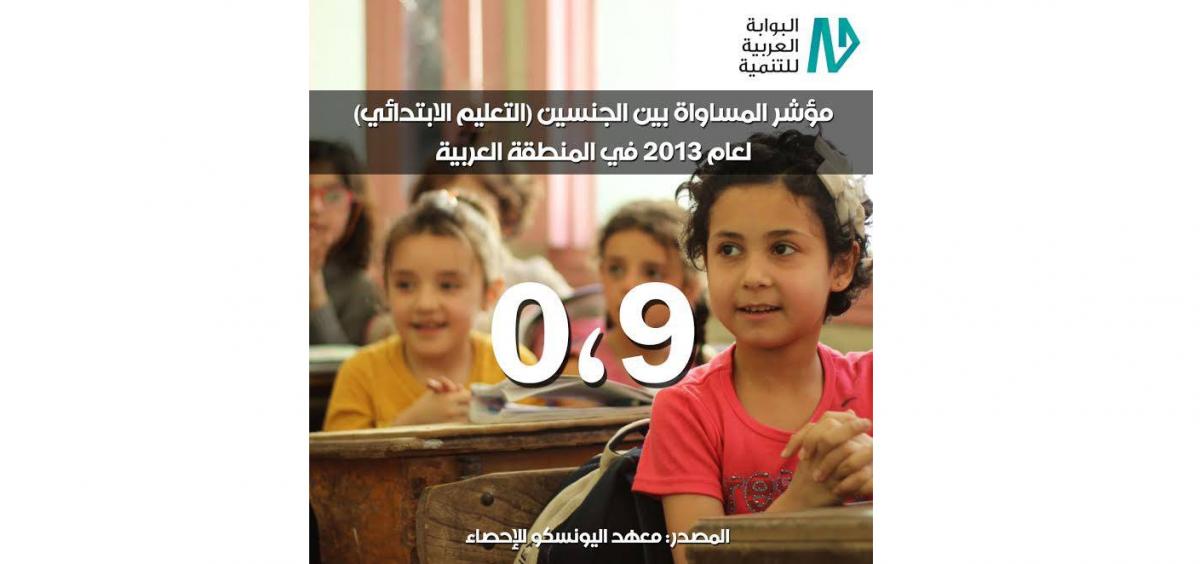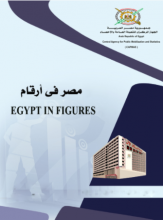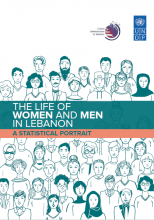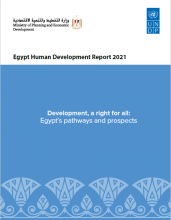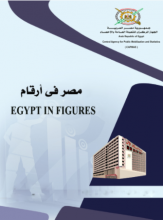Education
The Arab region has registered a remarkable trend of growing gains in educational attainment and more equitable access to formal education since the beginning of the millennium. School enrolment and literacy rates in the region have increased, with impressive progress towards gender parity in enrolment. Yet, with political instability and humanitarian crisis starting 2011, access to education has been a challenge and the quality of education has negatively affected youth.
Between 2000 and 2019, adult literacy rate in the region increased from 65.29 percent to 75.14 percent and youth literacy rate rose from 82.06 percent to 86.16 percent.[1][2] Despite this progress, adult and youth literacy rates lagged behind the world averages of 86.48 percent and 91.73 percent, respectively. Ambitions for achieving universal youth literacy are essentially captured in Sustainable Development Goal 4, particularly in Target 4.6, which aims to “ensure that all youth and a substantial proportion of adults, both men, and women, achieve literacy and numeracy” by 2030.
School enrolment in the Arab region exhibited a steep incline between 2000 and 2019. In pre-primary education, gross early childhood enrolment rates increased from 14.75 percent in 2000 to an estimated 22.79 percent in 2019.[1][2]
At the primary level, many more children were enrolled in school with a gross primary enrolment ratio of 99.54 percent in 2019, rising around 9.2 percent since 2000. Along the same lines, secondary gross enrolment increased to 75.97 percent in 2019, up from 61.64 percent in 2000, and equal the world average of 75.97 percent. In 2019, gross tertiary enrolment reached 33.76 percent, up from 18.64 percent in 2000. However, tertiary enrolment in the region fell behind the world average of 38.85 percent, and far behind the averages in Central and Eastern Europe and North America and Western Europe at 85.26 and 79.57 percent, respectively. Highest ratio were registered in Saudi Arabia (70.9 percent) in 2019.[1][2]
Many more girls were enrolled in schools in 2019, with the gender parity index (GPI) in gross enrolment reaching 1.00 for pre-primary, 0.95 for secondary education and 1.11 for tertiary education.[1][2] Important milestones towards gender parity in educational attainment have been notably achieved in the region, according to the Global Gender Gap report, 15 Arab countries scored above 0.81 in 2020 (except for Yemen scoring 0.717), with the highest possible score is 1 in the educational attainment which is one of the four dimensions composing the index.[3][4]
The overall advances in education have masked striking disparities among countries. In prolonged conflicts, several countries in the region have experienced a disruption in the students’ access to education. In fact, the region – which, until few years ago, had the goal of universal education well within reach – today faces increased risks and challenges, as more than 16.2 million children, adolescents, and youth of primary and secondary school age are out of school in 2019.[1][2] Particularly in Yemen, the conflict has left over 2 million children, out of 7 million school-aged children, out-of-school and one out of five schools non-operational.[5] In Syria, over 2 million children remain out-of-school and 1.3 million children at risk of dropping out.[6]
However, due to COVID-19 and school closures, 100 million learners are now affected.[7] Many Arab countries have opted for alternative solutions to fill the void by offering students distance learning, which ranged from hi-tech alternatives such as online courses to lower-tech options such as educational programming on radio and television. Percentage of households with a computer in the Arab region is below 50% for 9 countries which is an obstacle facing the distance learning, and above 50% for 11 countries.[8]
This overview has been updated by the ADP team based on latest available data as of November 2020.
Sources:
[1] United Nations Organization for Education, Science and Culture (UNESCO). 2020. UIS Institute for Statistics. [ONLINE] Available at: http://data.uis.unesco.org/# [Accessed 06 November 2020].
[2] The UNESCO Arab States’ averages do not include Comoros.
[3] World Economic Forum. 2020. The Global Gender Gap Report. [ONLINE] Available at: http://www3.weforum.org/docs/WEF_GGGR_2020.pdf [Accessed 06 November 2020].
[4] 16 Arab countries are covered including: Algeria, Bahrain, Egypt, Iraq, Jordan, Kuwait, Lebanon, Mauritania, Morocco, Oman, Qatar, Saudi Arabia, Syria, Tunisia, United Arab Emirates and Yemen.
[5] United Nations Children's Fund (UNICEF).10 March 2019. To keep children in education, UNICEF starts incentives for school-based staff in Yemen. [ONLINE] Available at:
https://www.unicef.org/press-releases/keep-children-education-unicef-starts-incentives-school-based-staff-yemen [Accessed 06 November 2020].
[6] UNICEF. August 2019. Syria Crisis Fast Facts. [ONLINE] Available at: https://www.unicef.org/mena/reports/syria-crisis-fast-facts [Accessed 06 November 2020].
[7] United Nations Organization for Education, Science and Culture (UNESCO). 22 May 2020. UNESCO organized a regional webinar on the impact of COVID-19 on the Higher Education sector in the Arab region https://en.unesco.org/news/unesco-organized-regional-webinar-impact-covid-19-higher-education-sector-arab-region
[8] International Telecommunication Union (ITU). 2019. [ONLINE] Available at: https://www.itu.int/en/ITU-T/publications/Pages/dbase.aspx [Accessed 06 November 2020].
Data Highlights
-
The Gender Parity Index reached 1.0 at the pre-primary and tertiary levels and 0.9 at the primary and secondary stages in 2014.
